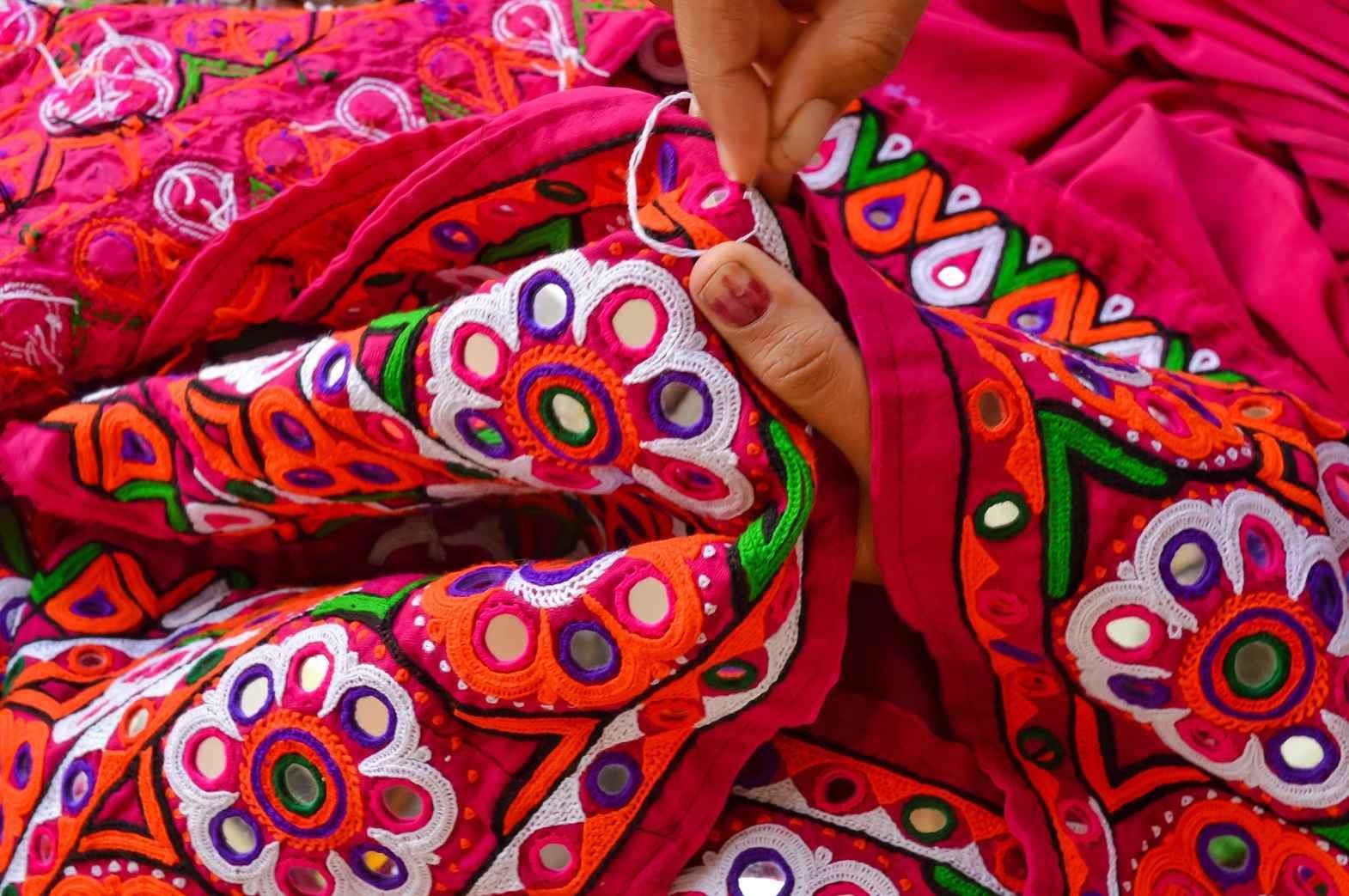The term ‘handicrafts’ refers to products that are mostly constructed by hand, but some tools or equipment may have been employed in the production process. These products have distinguishing traits like being beautiful and utilitarian, creative, indigenous and with a cultural reflection in nature. They are vastly different from mechanically produced ones of comparable utility1.
In India, people used to make products for daily use by themselves in ancient times before they started selling them in markets2. The ancient arts and crafts represent the heritage of Indian culture. Indian traditional arts and crafts are a mixture of different art forms. It is made up of the amalgamation and interaction of different cultural forms3. Though scroll-paintings and painted facades represent the origin of the visual language of ancient India, the lack of popularity and isolation of the traditional crafts from the mass have made it very challenging to survive economically4. It is necessary to revive Indian traditional crafts, and this can be achieved through sensitive technological interventions. Using new media technologies5, the public can be provided with information about Indian traditional crafts and their products.
Due to industrialisation and technological advancements, which have made machine work fast and very cost-efficient, consumers are choosing machine-produced products instead of handcrafted ones, which are precisely made by hand and are a little costly in comparison. This has made artisans shift towards other sources of income like paid jobs and labour6. It is becoming tougher to save and preserve the knowledge and skills of traditional art and crafts, which involve years of practice, hard work, and special skills.
Possible ways to revive the dying handicrafts industry are to understand the global market, interact with consumers, and conduct workshops for awareness7. Though the Central government, respective state governments and various non-government organisations (NGOs) are trying to save and preserve these arts, low profit margins and high manufacturing costs due to the intense labour involved make handicrafts less competitive in comparison to machine-produced innovative products8. This also adds limitations to hand-made products in terms of time, quantity, variety etc, whereas machine-produced innovative products promote mass manufacturing and have a wide range of colour, design, and material options etc.
At present, many handmade tales of India are about to go extinct. The Rogan art of painting in Kutch (Gujarat), String Puppetry (Sakhi Kandhei) of Kendrapara (Odisha), Metal Craft and Dhokra art in Chhattisgarh, Tanjore painting in Tamil Nadu, Handloom industry—the largest industry after agriculture in the country, Paitkar Painting in Jharkhand, Bamboo Art in Assam, Wildlife Painting in Ranthambore (Rajasthan), and Kalamkari in Andhra Pradesh (WTI) are a few of them.
Handicrafts are disappearing not only in India but also in other regions across the globe. The economic condition of the craft sector is very poor in many European countries9. The Heritage Crafts Association enlisted the nine most endangered professions in Britain, counting the crafting of traditional wooden beer barrels and the manufacturing of denim. There was one master cooper and one denim-maker, one clog-maker, and two scissor-makers left in the country10.
Though there is huge demand for Indian art and crafts abroad as well as in the domestic market, artisans and craftsmen are not getting the benefit, which later leads to discouragement and diversion of craftsmen to other possible stable income jobs. There are many companies doing good business out of handicrafts in India. They sell it at a higher price and make a huge profit, but the craftsmen get very little. Similar challenges were faced by the milk producers in Gujarat before the emergence of a co-operative structure called Amul11.








Comments